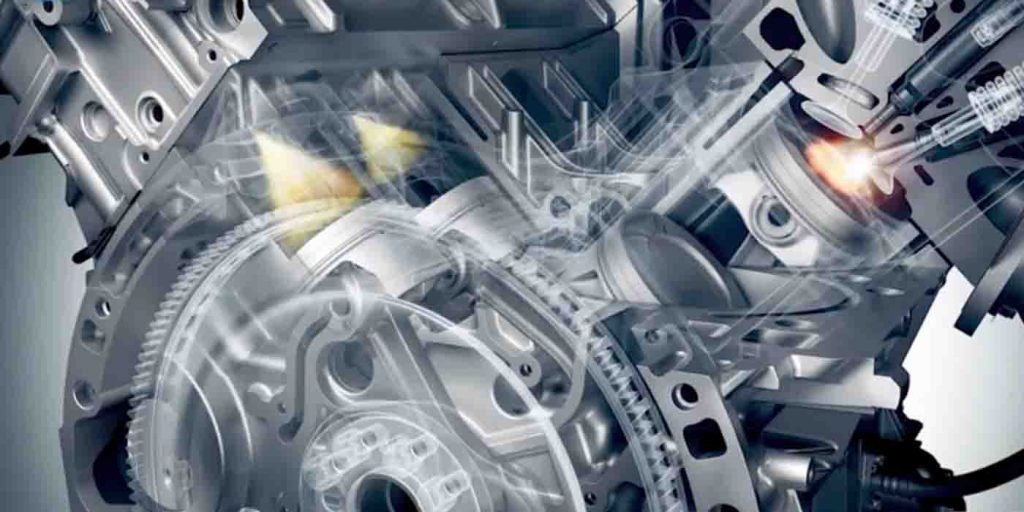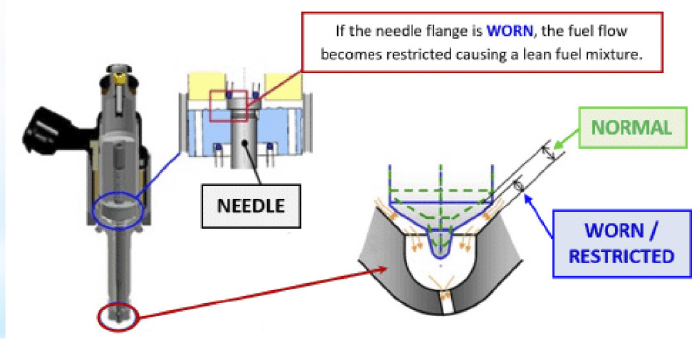FUEL INJECTOR DESIGN CHANGE To prevent MISFIRE and Knock Codes
Reference Number: 09-81-21
Models
- 2018-2021MY Crosstrek 2.0L DI & PHEV
- 2017-2021MY Impreza 2.0L DI
This bulletin covers design changes made to the fuel injector assembly in response to the diagnostic trouble codes (DTC) for misfires and engine knock. Changes have been made to the internal needle flange to enhance durability. In some cases, the needle flange may develop excessive internal wear causing restricted flow which can result in engine vibration and/or engine misfires (Figure 1).
Since a similar concern and codes may result from carbon buildup, it is critical to confirm if the condition continues after two carbon cleanings with a fuel additive that include P.E.A. are completed before proceeding with any part replacement.
The new fuel injector assemblies were incorporated into Crosstrek production starting with VINM8330452. The Production Change Information for Impreza is TBD.
Using Figure 2 for identification reference, always replace an injector assembly with the same flow rate number as originally equipped and always order the most up-to-date replacement parts based on the specific VIN being repaired.
Follow the proper diagnostics for any of the DTCs listed using the procedures provided in the applicable service manual. Before any injector assembly replacement, it is important to perform a carbon deposit cleaning procedure FIRST as outlined in TSB 09-74-21. Doing so (if successful) can prevent unnecessary injector replacements which may not resolve the condition. If injector replacement is still determined to be required, the cleaning procedure will remove carbon from surrounding combustion chamber components for any newly installed injector(s).
















